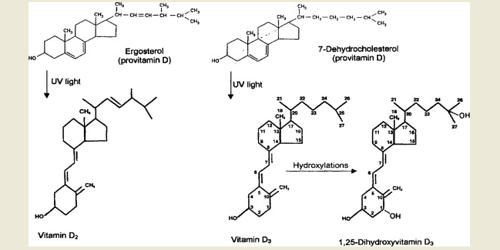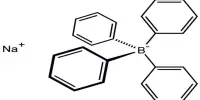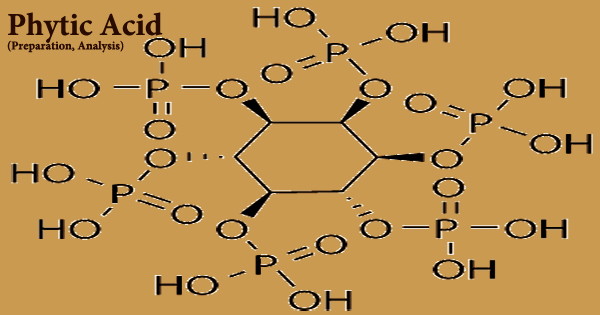Provitamin is a compound capable of being converted into a vitamin by the body. It is a substance that may be converted within the body to a vitamin. It is a substance that is converted into a vitamin within an organism. It is a substance that an organism can transform into a vitamin, like a carotene, which is converted to vitamin A in the liver. The term previtamin is a synonym. For example, “Provitamin B5” is a name for panthenol, which may be converted in the body to vitamin B5 (pantothenic acid). These vitamins and provitamins need to be dissolved and carried in lipid and lipid plus bile salt systems (micelles) in order to be absorbed at the enterocyte brush border.
The term “provitamin” is used when it is desirable to label a substance with little or no vitamin activity, but it can be converted to an active form by normal metabolic processes. It is a substance that can be converted into a vitamin; for example, β-carotene. For example, “provitamin A” is a name for β-carotene, which has only about 1/6 the biological activity of retinol (vitamin A); the body uses an enzyme to convert β-carotene to retinol. It is a vitamin precursor that the body converts to its active form through normal metabolic processes. Carotene, for example, is a provitamin of vitamin A. In other contexts, both β-carotene and retinol are simply considered to be different forms (vitamers) of vitamin A. Beta-carotene (found in orange and yellow fruits and vegetables) is an important antioxidant and an example of provitamin A because it can be converted to Vitamin A by the human body. It is broken down in the mucosa of the small intestine by beta carotene dioxygenase to retinal, a form of vitamin A. It is a vitamin precursor that the body converts to its active form through normal metabolic processes. Beta carotene is an antioxidant that can be found in yellow, orange, and green leafy vegetables and fruits.
Provitamin D2 is ergosterol, and provitamin D3 is 7-dehydrocholesterol. Menadione is a synthetic provitamin of vitamin K. Provitamin D2 (ergosterol), found in plants and fungi, can be converted to vitamin D2 by solar irradiation in the portion of ultraviolet-B that reaches the earth’s surface. Provitamin D3, found in the skin of animals, is converted by UVB to previtamin D3, followed by thermal conversion to vitamin D3. It is a precursor of a vitamin convertible into the vitamin in an organism
















